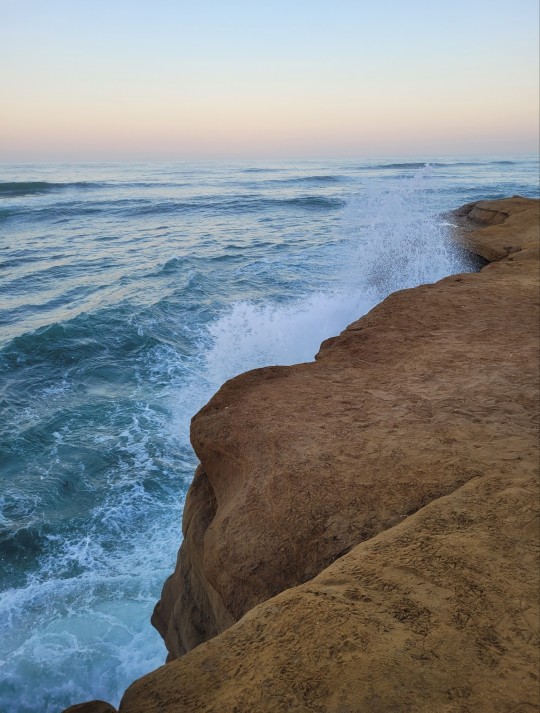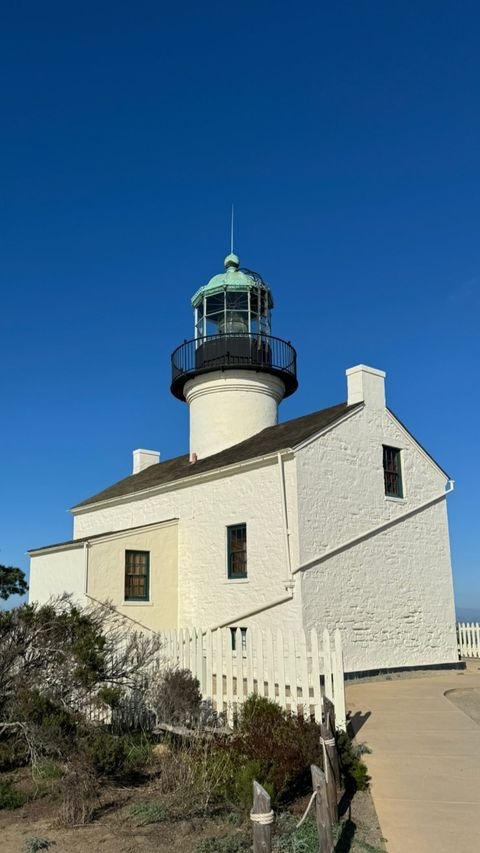#point loma
Text

A day on the ocean shot by mpaull2.
0 notes
Text

Absorbing all the power of the ocean
#personal#mine#my photo#sunset cliffs#point loma#california#pacific ocean#my birthday#november 8#2023#scorpio#water#water sign#scorpio season#nature#power#6:24 am#morning#morning light#cliffs#light#november#sunrise#sun#blue#brown#sky#art#photography#my photography
54 notes
·
View notes
Photo

Stucco - Exterior
An illustration of a sizable split-level stucco exterior home
0 notes
Text


Beautiful Point Loma 🫶
Taken from @MilesMcMillan ig story
3 notes
·
View notes
Photo

Wine Cellar - Large
Large mid-century modern wine cellar design with racks for displays
0 notes
Photo

Mediterranean Exterior in San Diego
An illustration of a sizable, two-story stucco home exterior in tuscan beige
#juliette balcony#point loma#clay tile roof#san diego bay views#exterior#californian architectural traditions
0 notes
Photo

Eclectic Wine Cellar in San Diego
a sizable, eclectic image of a wine cellar with display racks
0 notes
Text
Wine Cellar - Large

Large mid-century modern wine cellar design with racks for displays
0 notes
Photo

Example of a large tuscan beige two-story stucco exterior home design
0 notes
Text



Today, August 7th, is National Lighthouse Day in the US! The event was established during the bicentennial of when the US government created the US Lighthouse Establishment in 1789.
To kick off a week of lighthouses, we're starting with a book by the National Park Service and the Cabrillo Historical Association about the Old Point Loma Lighthouse (1978), located in San Diego, California. Included here are two pages about how the lighthouse was lit. Image transcripts below the cut.
For more information, check out these links:
National Lighthouse Day history from the US Lighthouse Society
The Lighthouses of Point Loma by the National Park Service
The Old Point Loma Lighthouse in our catalog
The Browne Popular Culture Library (BPCL), founded in 1969, is the most comprehensive archive of its kind in the United States. Our focus and mission is to acquire and preserve research materials on American Popular Culture (post 1876) for curricular and research use. Visit our website at https://www.bgsu.edu/library/pcl.html.
Image caption
Fresnel (fra-nel) lighthouse lenses came in seven different "orders," or sizes; first, second, third, three and a-half, fourth, fifth, and sixth. The first order were the largest, and the sixth the smallest. Generally, the larger the lens the greater its range. The larger lenses could be seen from further away than the smaller ones. Also, if a lens was high above sea level, it could be seen from further away than if it was at the water's edge. The ranges given in the illustration are median distances for a lens with a 1,000 watt bulb.
Lenses and Illuminants
Until the 1850's, nearly every lighthouse in the United States used a number of Argand lamps and parabolic reflectors for illumination. These lamps were placed "side by side around the circumference of a circle," and the number of lamps used depended upon the arc of the horizon it was desired to illuminate. For years a bulls-eye magnifying lens was used on each lamp, but these lenses were practically useless, and in 1840 they were removed, leaving the reflectors.
This system, which had become known as the American system, had but one virtue—the lamps were inexpen-sive. But their faults were legion: They were complicated, they used a vast amount of oil, they required constant attention, and, most important of all, they produced relatively little light.
In 1822 Augustin Fresnel, a French physicist, developed a lens apparatus which was to revolutionize lighthouse illumination. A Fresnel lens is like a glass barrel whose outer surface is made up of prisms and bulls-eyes. In a revolving or flashing light, the bulls-eyes are surrounded by curved, concentric prisms, concentrating the light of a central lamp into several individual beams, radiating like the spokes of a wheel. In the fixed, or steady light, the bulls-eyes become a continuous "lens belt," with the prisms [next page] parallel to it, producing an uninterrupted, horizontal sheet of light. Fresnel lenses were classified into seven orders. The order was determined by focal distance—that is, the distance from the illuminant to the lenses.
The United States was slow to adopt the Fresnel lenses, and for years a controversy raged in this country over the merits of the old and new systems. Finally, in 1841, the United States purchased its first Fresnel lens and installed it at Navesink Light, New Jersey, to test the new system. The Fifth Auditor conducted the experiment with all deliberate speed (the accent being on deliberate); 10 years later there were only three light stations in the country which had Fresnel lenses. On March 3, 1851, Congress expressed confidence in the new system by approving an appropriation bill which included permission for the Secretary of the Treasury to place the Fresnel lens system in new lighthouses, in lighthouses not having lenses, and in lighthouses requiring new ones.
Image caption
In the fall of 1855 craftsmen installed a third order, fixed light lens in the lighthouse lantern. Made in Paris, it stood over five feet high and three feet wide. In the center, a lamp with three circular wicks, one inside the other, produced a flame of 168 candlepower. The finely ground and highly polished prisms, and the bulls-eye that encircled the lens, captured the light from this flame, focused and magnified it to about 19,000 candlepower, and sent it out in a horizontal sheet of light. According to the 1862 edition of the "Directory for the Pacific Coast of the United States," the lens of the Point Loma light which is 462 feet above sea level "illuminates the entire horizon, and in clear weather should be visible—From a mast height of 20 feet above the sea, at a distance of 28 miles."
7 notes
·
View notes
Photo

Brick Pavers - Patio
Example of a tuscan brick patio design with no cover
0 notes